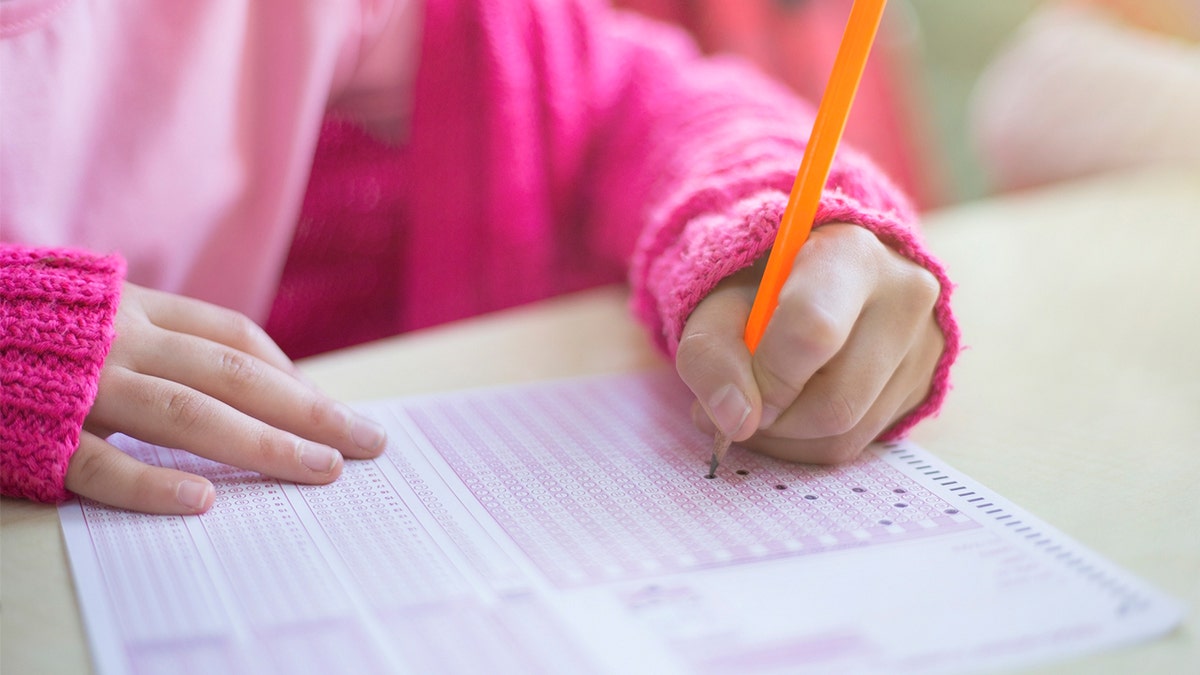Betsy Devos on falling test scores: 'This is appalling'
Former Education Secretary Betsy Devos on schools across America seeing a drop in test scores and calls out the efforts to push wokeness in classrooms
Data from federal standardized test scores points to another startling effect the COVID-19 pandemic had on America's children, with numbers indicating that reading and math scores for 13-year-olds dipped to their lowest rate in decades, showing no sign of post-pandemic recovery.
Scores by the National Center for Education Statistics – also known as the Nation's Report Card – released Wednesday indicated math scores have reached their lowest rate since 1990 while reading scores dipped to the lowest since 2004, continuing the downward trend since the pandemic began in 2020.
Data indicated the students tested scored an average of 256 out of 500 in reading and a 271 out of 500 in math, compared to 260 in reading and 280 in math from just three years prior.
The New York Times acknowledged the startling message indicated Wednesday, saying the students fell short on the test that measures "basic skills."
US MATH, READING TEST SCORES PLUNGE FOR STUDENTS ACROSS COUNTRY FOLLOWING COVID-19 PANDEMIC

Math and reading test scores continue to decline, following the exacerbated trend brought on by the COVID-19 pandemic. (Memedozaslan)
"The ‘green shoots’ of academic recovery that we had hoped to see have not materialized, as we continue to see worrisome signs about student achievement and well-being more than two years after most students returned for in-person learning," National Center for Education Statistics (NCES) Commissioner Peggy G. Carr said, according to a Wednesday press release.
"There are signs of risk for a generation of learners in the data we are releasing today and have released over the past year. We are observing steep drops in achievement, troubling shifts in reading habits and other factors that affect achievement, and rising mental health challenges alongside alarming changes in school climate. The mathematics decline for 13-year-olds was the single largest decline we have observed in the past half a century," she continued.
TEST SCORES IN CIVICS, HISTORY DECLINE FOR STUDENTS ACROSS THE UNITED STATES FOLLOWING THE PANDEMIC

A Wednesday press release from the National Assessment of Educational Progress said fewer students are "reading for fun." (iStock)
She added that the lowest-performing students received similar outcomes to students in the 1970s, when the data collection began, adding that the reading score was lower than data from the initial year, 1971.
Per the press release, the data looks at numbers collected between October and December 2022 and continued the downward spiral witnessed during the 2019-2020 school year as well.
Numbers declined for both boys and girls as well as for all racial demographics included in the study, but some racial demographics were said to have witnessed a steeper decline than others, particularly American Indian/Alaska Native students, who saw a 20-point decline compared to a 6-point decline for White students.
TEACHERS' UNION HEAD SILENT OVER LATEST US TEST SCORES SHOWING TROUBLING DECLINE IN MATH, READING

U.S. children suffered learning loss as a result of COVID-19 protocols put in place to help stop the spread. (iStock)
The declines in both subjects began in 2012, according to NCES acting Associate Commissioner Dan McGrath, but were exacerbated by the dramatic changes students suffered at the hands of school closures and transitions to online education during the COVID pandemic.
"Middle school is a critical time for students—a time when they are maturing academically as well as socially and emotionally," McGrath said in part, per the press release. "What happens for students in middle school can strongly influence their path through high school and beyond."
The report further detailed that fewer students are "reading for fun" and fewer are taking algebra.






















